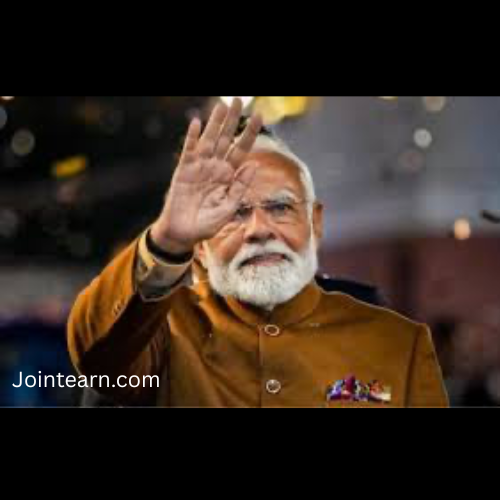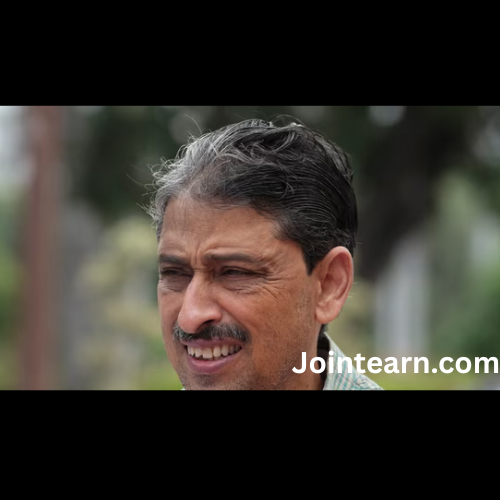
Prime Minister Narendra Modi delivered a strong and optimistic message during his virtual address to the 47th ASEAN Summit 2025 on Sunday, declaring that the 21st century belongs to India and the ASEAN nations. The address marked another milestone in India’s deepening engagement with the Association of Southeast Asian Nations, reinforcing its commitment to shared growth, regional security, and cultural partnership under the Act East Policy.
Speaking to leaders of the 10-nation bloc, Prime Minister Modi highlighted the alignment between ASEAN’s long-term vision and India’s developmental goals. “The 21st century is our century. It is India and ASEAN’s century. I am confident that the aims of ‘ASEAN Community Vision 2045’ and ‘Viksit Bharat 2047’ will develop a bright future for the entire humanity,” he said. His statement reflected both India’s growing confidence on the global stage and its intention to work alongside ASEAN nations in shaping a multipolar, equitable world order.
Modi described ASEAN as a cornerstone of India’s foreign policy and economic strategy, calling it “a major pillar of India’s Act East Policy.” The initiative, launched during his first term, aims to strengthen India’s ties with Southeast Asia in multiple dimensions — from connectivity and commerce to culture and security. In his address, Modi reiterated that ASEAN’s centrality remains at the heart of India’s Indo-Pacific vision, a framework focused on freedom of navigation, peaceful cooperation, and mutual prosperity in the region.
During the address, the Prime Minister outlined a broad roadmap for the next phase of ASEAN-India cooperation, identifying key areas such as disaster management, maritime security, climate resilience, and the blue economy as priorities. He announced that the year 2026 would be celebrated as the “Year of ASEAN-India Maritime Cooperation,” symbolising a renewed commitment to maritime connectivity, safety, and sustainable development across the Indian Ocean and the South China Sea. The move is expected to open new avenues for joint naval exercises, port development projects, and ocean research programs that will strengthen the security and economic linkages between India and ASEAN nations.
Modi’s remarks also carried a strong message of inclusivity and sustainability. He stressed that India’s growth vision under Viksit Bharat 2047 — a roadmap for transforming India into a developed nation by 2047 — is deeply aligned with ASEAN’s developmental priorities under the ASEAN Community Vision 2045. Both, he said, aim to promote prosperity, innovation, and harmony among their people. “Our partnership is not just strategic; it is also civilizational,” Modi noted, recalling the historical and cultural bonds that link India with Southeast Asia through centuries of trade, art, language, and spirituality.
Beyond symbolism, the address underscored the practical progress made in recent years. Trade between India and ASEAN countries has been growing steadily, crossing the $130 billion mark in 2024. India has also increased its investments in Southeast Asia’s digital economy, infrastructure projects, and healthcare sectors. Collaboration on renewable energy and sustainable technologies has also become an emerging focus area. Modi expressed confidence that ongoing projects in digital connectivity, tourism, and skill development will further boost people-to-people ties and economic integration.
In addition to economic cooperation, Modi emphasised shared responsibility in maintaining peace and stability in the Indo-Pacific. He praised ASEAN’s role as an anchor for regional stability and called for collective efforts to uphold international law, particularly the UN Convention on the Law of the Sea (UNCLOS). The Prime Minister reiterated India’s support for ASEAN’s unity and centrality in addressing challenges such as climate change, terrorism, and transnational crime. He urged all nations to work together for a rules-based international order that respects sovereignty and promotes dialogue over confrontation.
The Prime Minister’s address came just days after his conversation with Malaysian Prime Minister Anwar Ibrahim, whose country currently holds the ASEAN Chairmanship for 2025. Modi congratulated Anwar on assuming the chair and extended best wishes for the success of the ongoing summits. In a post on social media platform X, Modi wrote, “Had a warm conversation with my dear friend, Prime Minister Anwar Ibrahim of Malaysia. Congratulated him on Malaysia’s ASEAN Chairmanship and conveyed best wishes for the success of the upcoming Summits.” Malaysia’s leadership of ASEAN is expected to focus on regional resilience, digital transformation, and climate action — areas that align closely with India’s own policy priorities.
India’s engagement with ASEAN dates back over three decades. The country became a “Sectoral Dialogue Partner” in 1992 and was elevated to a “Full Dialogue Partner” status in 1995. Since then, the partnership has evolved into a comprehensive strategic framework that spans political, economic, and cultural cooperation. Modi has participated in every ASEAN-India Summit since 2014, except in 2022, and has consistently used these platforms to advocate for stronger South-Southeast Asian collaboration. One of the landmark moments in this relationship came in January 2018, when all ten ASEAN heads of state attended India’s Republic Day celebrations as guests of honour — a powerful symbol of shared friendship and vision.
Over the years, India has also worked to enhance physical and digital connectivity with ASEAN. Projects like the India-Myanmar-Thailand Trilateral Highway and the Kaladan Multi-Modal Transit Transport Project are expected to boost trade and people-to-people exchanges once completed. The expansion of air links, educational exchanges, and cultural events such as the ASEAN-India Youth Summit and the ASEAN-India Artists Camp further highlight the human dimension of this growing partnership.
The Prime Minister’s speech also resonated with the broader geopolitical context. As global power dynamics shift and new regional alliances emerge, India’s partnership with ASEAN is seen as central to maintaining balance and promoting shared prosperity in the Indo-Pacific. Modi’s emphasis on cooperation rather than competition echoed India’s consistent position that peace, development, and dialogue must be prioritised over confrontation.
Observers note that India’s message to ASEAN also reflects New Delhi’s efforts to counterbalance China’s growing influence in Southeast Asia while offering a development-oriented alternative rooted in trust and transparency. The focus on maritime collaboration, in particular, signals India’s intent to play a more active role in regional security and trade architecture.
As the summit concluded, analysts saw Modi’s virtual address not just as a diplomatic gesture but as a reaffirmation of India’s long-term commitment to ASEAN as an equal partner in shaping the global future. By aligning Viksit Bharat 2047with ASEAN Community Vision 2045, the Prime Minister projected a shared aspiration — that India and Southeast Asia, together, will lead the world in the decades ahead.
In his closing remarks, Modi encapsulated the spirit of partnership with a forward-looking vision: “Our relationship is built on mutual respect, shared values, and common goals. Together, we can ensure that the 21st century truly becomes the century of India and ASEAN — a century of peace, prosperity, and progress for all.”


Leave a Reply